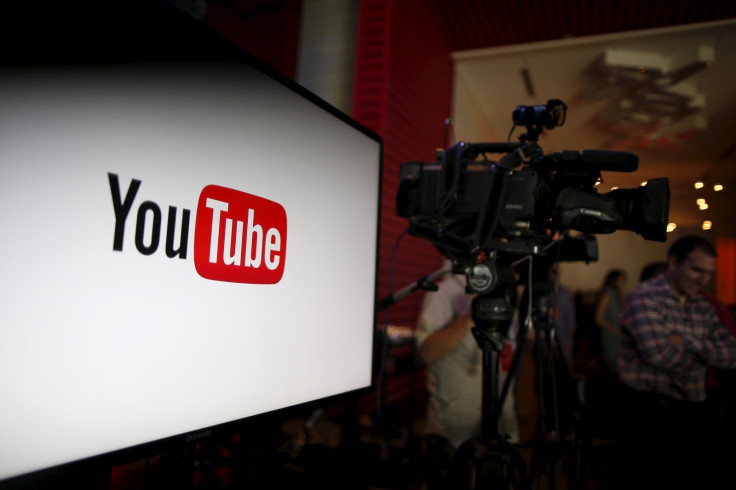Smart new artificial intelligence is learning to cut Netflix and YouTube buffering by 30%
Developed by the Massachusetts Institute of Technology, the AI also improves quality by 25%.

Buffering and a drop in quality are the thorns in the side of video sites like YouTube and Netflix. But thankfully, a team of researchers have created an artificial intelligence system capable of streaming video with up to 25% higher quality and 30% less buffering.
The system constantly works out how best to play video so that buffering is prevented and drops in quality happen as infrequently as possible. The developers behind it even say it could keep video playing through underground black spots by knowing your location and downloading a section of video in advance.
Called Pensieve, the AI was created by the Massachusetts Institute of Technology's Computer Science and Artificial Intelligence Laboratory.
Pensieve's results are constantly marked, as it earns rewards or penalties depending on the quality of the streamed video and how often it buffers (pauses to load up the next section). This feedback helps it learn from mistakes and improve its efficiency.
Video streaming services use adaptive bitrate (ABR) algorithms to give users a consistent viewing experience. This saves bandwidth and generally gets the job done. But a team of researchers at MIT believed they could use AI to make a more efficient system.
At its core, Pensieve is "an AI system that uses machine learning to pick different algorithms depending on network conditions," says MIT. "In doing so, it has been shown to deliver a higher-quality streaming experience with less rebuffering than existing systems."
PhD student and lead author on a related paper, Hongzi Mao, said: "Our system is flexible for whatever you want to optimise it for... It learns how different strategies impact performance and, by looking at actual past performance, it can improve its decision-making policies in a much more robust way."
An MIT report explains how Pensieve can be "customised based on a content provider's priorities. For example, if a user on a subway is about to enter a dead zone, YouTube could turn down the bitrate so that it can load enough of the video so that it won't have to rebuffer during the loss of network."
Tested in several settings and over Wi-Fi and a mobile phone network, MIT found video streamed by Pensieve buffered between 10% and 30% less often. Users also reported video quality improvements of between 10% and 25%.
The project will now work on testing Pensieve with more demanding video streams, such as virtual reality. MIT professor Mohammad Alizadeh said: "The bitrates you need for 4K-quality VR can easily top hundreds of megabits per second, which today's networks simply can't support. We're excited to see what systems like Pensieve can do for things like VR. This is really just the first step in seeing what we can do."
© Copyright IBTimes 2024. All rights reserved.























